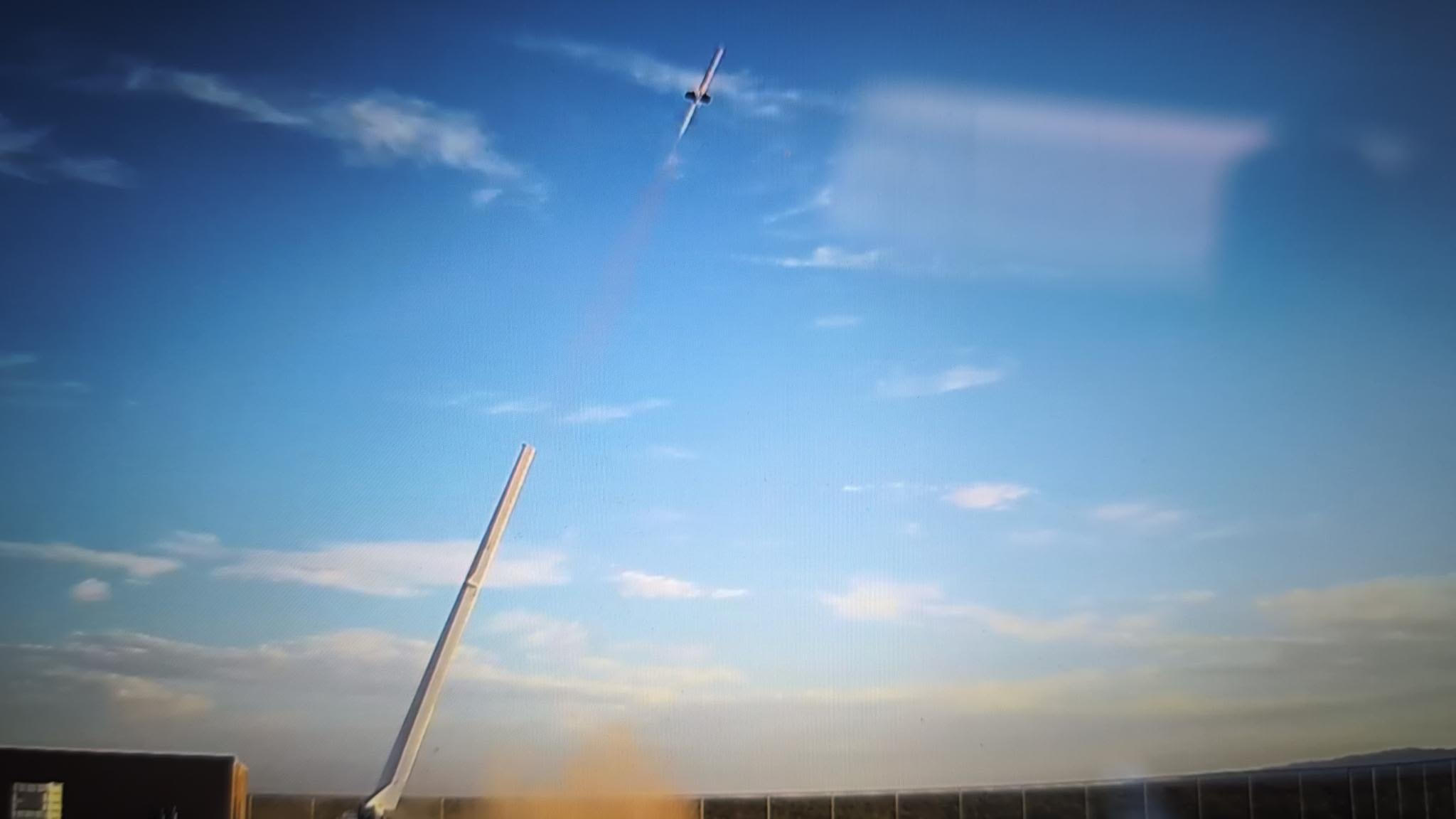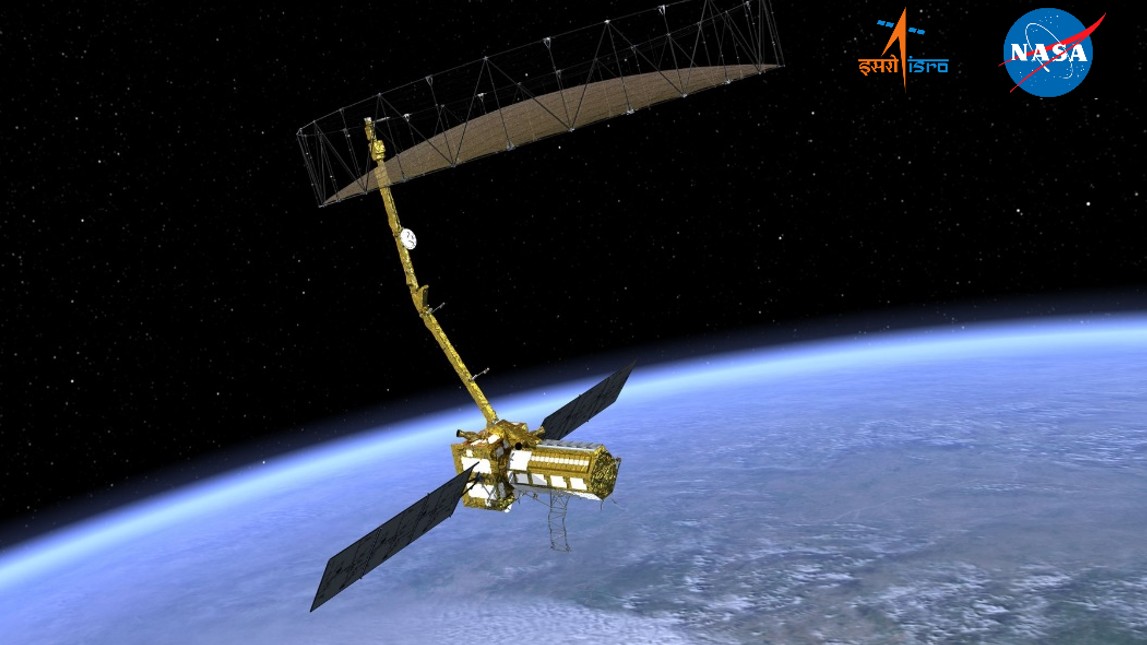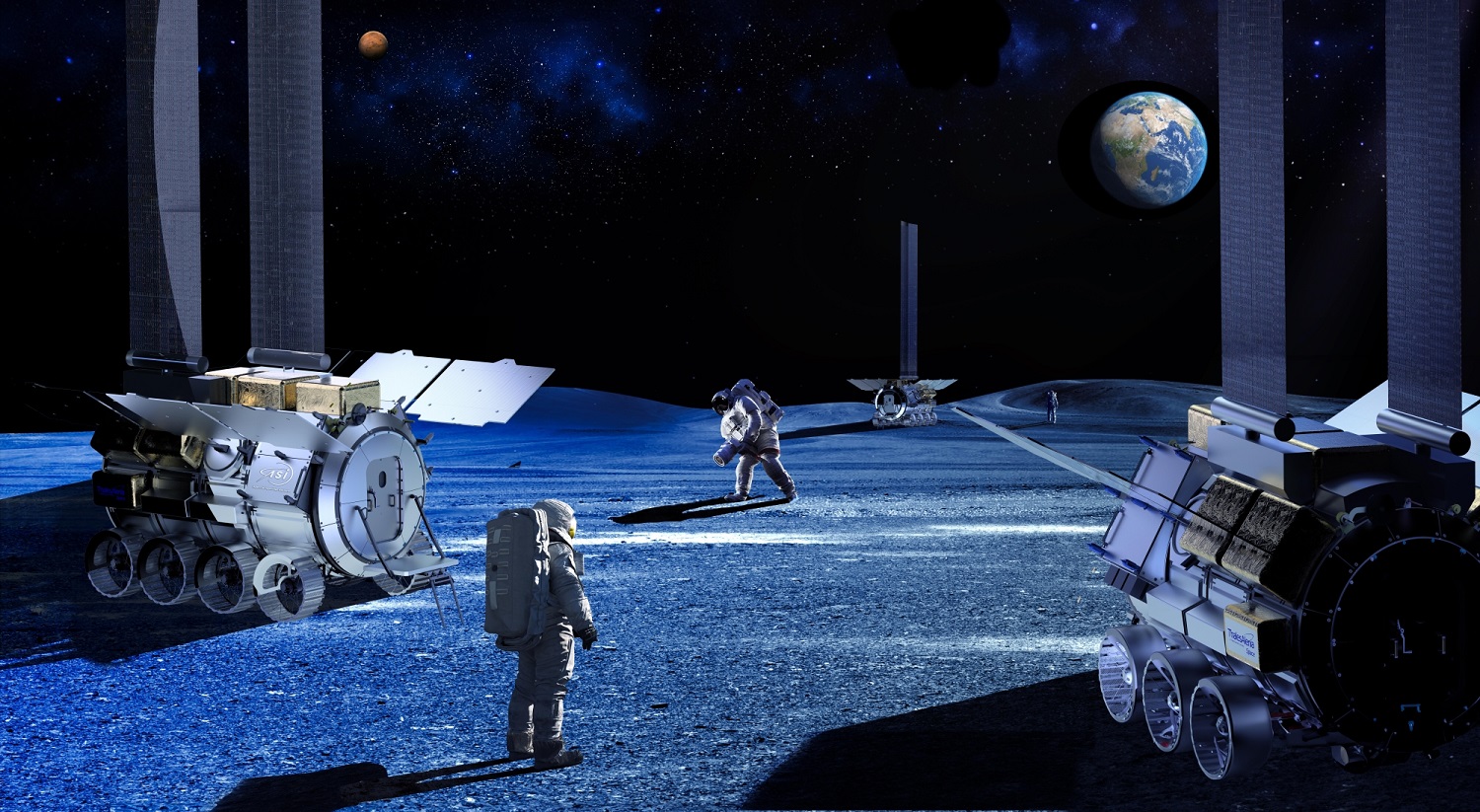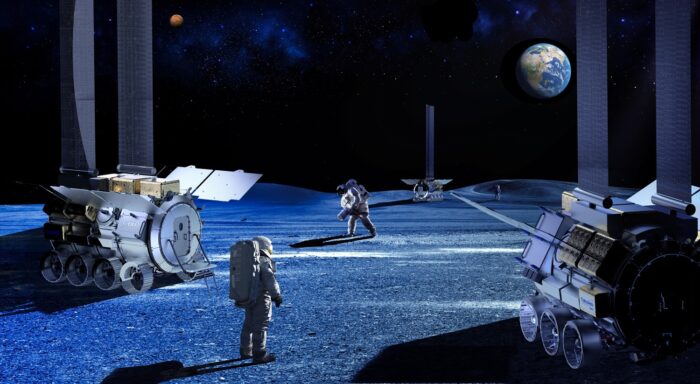Insider Brief
- Venus Aerospace successfully completed the first U.S. flight test of a rotating detonation rocket engine (RDRE), which the company is calling a key milestone in hypersonic propulsion.
- The test demonstrated that Venus’s proprietary RDRE can operate reliably under real-world flight conditions, offering improved efficiency and scalability over traditional rocket engines.
- Designed for integration with Venus’s air-breathing ramjet, the RDRE supports ambitions for Mach 4+ passenger aircraft and positions the company as a leader in the $12B global hypersonics market.
PRESS RELEASE — Venus Aerospace, a Houston-based startup pioneering the future of high-speed flight, announced today it successfully completed the first U.S. flight test of a next-generation rocket engine: a Rotating Detonation Rocket Engine (RDRE). This milestone marks a breakthrough in American aerospace, with a design ultimately aimed at enabling vehicles to travel four to six times the speed of sound from a conventional runway.
Theorized since the 1980s, a high-thrust RDRE capable of practical application has never been flown in the United States—and possibly anywhere in the world. Today’s test represents the first-ever flight of an American-developed engine of its kind, proving that Venus’s proprietary RDRE—an affordable, compact propulsion system delivering unprecedented efficiency and thrust—can operate under real-world conditions.
“This is the moment we’ve been working toward for five years,” said Sassie Duggleby, CEO and Co-founder of Venus Aerospace. “We’ve proven that this technology works—not just in simulations or the lab, but in the air. With this milestone, we’re one step closer to making high-speed flight accessible, affordable, and sustainable.”

The demonstration took place at Spaceport America in New Mexico, following a night of heavy winds. On the first flight attempt, Venus’s RDRE successfully launched and flew its engine, validating performance and system integrity under flight conditions.
“Spaceport America was created to make space history, and Venus Aerospace delivered a milestone moment for hypersonics today,” said Scott McLaughlin, Executive Director, Spaceport America. “Getting a rotating detonation rocket engine to the launch pad is an achievement few thought possible in such a short time. We’re thrilled to host innovators like Venus, whose breakthroughs are redefining what’s possible in spaceflight.”
Compared to traditional rocket engines, RDREs offer improved efficiency and compactness, making them particularly suited for advanced aerospace applications. Venus’s engine is designed to be affordable and scalable for both defense and commercial systems, including future vehicles that could fly passengers from Los Angeles to Tokyo in under two hours.
“This milestone is a testament to what’s possible when engineering rigor meets entrepreneurial urgency,” said Dr. Rodney Bowersox, Associate Dean for Research and Professor of Aerospace Engineering, Texas A&M University. “Rotating detonation rocket engines have been a scientific curiosity for decades. Venus is showing the world that they aren’t just academically interesting—they’re buildable, testable, and operational under real-world conditions. This is how aerospace innovation should look.”
Venus’s RDRE is also engineered to work with the company’s exclusive VDR2 air-breathing detonation ramjet. This pairing enables aircraft to take off from a runway and transition to speeds exceeding Mach 6, maintaining hypersonic cruise without the need for rocket boosters. Venus is planning full-scale propulsion testing and vehicle integration of this system, moving toward their ultimate goal: the Stargazer M4, a Mach 4 reusable passenger aircraft.
“This milestone proves our engine works outside the lab, under real flight conditions,” added Andrew Duggleby, Co-founder and Chief Technology Officer. “Rotating detonation has been a long-sought gain in performance. Venus’ RDRE solved the last but critical steps to harness the theoretical benefits of pressure gain combustion. We’ve built an engine that not only runs, but runs reliably and efficiently—and that’s what makes it scalable. This is the foundation we need that, combined with a ramjet, completes the system from take-off to sustained hypersonic flight.”
The global hypersonics market is projected to surpass $12 billion by 2030, driven by demand across defense, aerospace, and commercial aviation sectors. With this successful demonstration, Venus Aerospace is positioned as the world leader of affordable hypersonic systems. With further tests and deliveries to government partners on the horizon, Venus continues its push to restore U.S. leadership in high-speed flight.
Phillip Sarofim, Founding Partner, Trousdale Ventures said: “Venus Aerospace is proving that visionary engineering teams can still build world-changing technology on startup timelines. We’re proud to back founders who are making history and showing the world how hard tech gets built.”
Thomas d’Halluin, Managing Partner, Airbus Ventures, said: “With this flight test, Venus Aerospace is transforming a decades-old engineering challenge into an operational reality. Getting a rotating detonation engine integrated, launch-ready, and validated under real conditions is no small feat. Venus has shown an extraordinary ability to translate deep technical insight into hardware progress, and we’re proud to support their bold approach in their attempt to unlock the hypersonic economy and forge the future of propulsion.”
Matt Swayne
With a several-decades long background in journalism and communications, Matt Swayne has worked as a science communicator for an R1 university for more than 12 years, specializing in translating high tech and deep tech for the general audience. He has served as a writer, editor and analyst at The Space Impulse since its inception. In addition to his service as a science communicator, Matt also develops courses to improve the media and communications skills of scientists and has taught courses.
Share this article:










